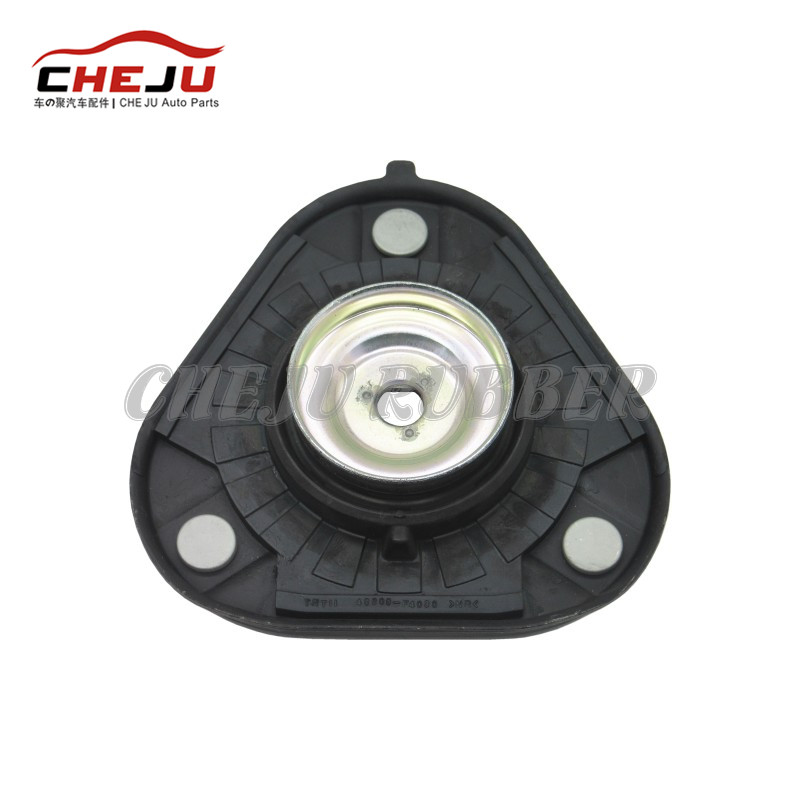Overview of strut mounts and their functions
2023-11-03
Strut mounts, also known as strut bearing or suspension strut mounts, are automotive components that play a crucial role in the suspension system of a vehicle. They are typically found in the front suspension, where they connect the suspension struts or shocks to the vehicle's chassis. Here's an overview of strut mounts and their functions:
1. Connection Point: Strut mounts serve as the connection point between the suspension struts (or shock absorbers) and the vehicle's body or chassis. They are located at the top of the strut assembly and are secured to the vehicle's frame or body structure.
2. Load Distribution: Strut mounts help distribute the load and forces generated by the vehicle's weight and road conditions from the suspension struts to the vehicle's frame or body. This ensures that the vehicle's weight is properly supported and that the suspension functions as intended.
3. Vibration and Noise Reduction: Strut mounts incorporate rubber or elastomeric components that dampen and absorb the vibrations and road shocks transmitted from the wheels and suspension to the vehicle's body. This helps reduce noise and vibration in the passenger cabin, providing a smoother and more comfortable ride.
4. Flexibility and Articulation: Strut mounts allow for limited articulation and movement of the suspension struts. This flexibility is important because it enables the wheels to move up and down, following the contours of the road, while still maintaining a connection to the vehicle's body.
5. Alignment and Steering Precision: Strut mounts play a role in maintaining the proper alignment of the vehicle's wheels. They help ensure that the suspension struts are correctly positioned, which is essential for steering precision and tire wear.
6. Support for the Weight of the Vehicle: In addition to the suspension springs and shocks, strut mounts help support the weight of the vehicle. They are subjected to the dynamic loads of acceleration, braking, and cornering.
7. Maintenance and Replacement: Over time, strut mounts can wear out or deteriorate due to exposure to heat, oil, and the stresses of driving. Worn or damaged strut mounts can lead to poor handling, steering issues, and an uncomfortable ride. Regular inspection and replacement of worn strut mounts are essential for maintaining vehicle performance and safety.
Strut mounts are typically composed of metal plates or brackets, a rubber or elastomeric cushion, and a bearing or bushing. The rubber component is designed to absorb and dampen vibrations, while the bearing or bushing allows for the limited articulation required for suspension movement.
Proper maintenance and inspection of strut mounts are important to ensure the safety and performance of a vehicle's suspension system. If you notice signs of wear or damage to your strut mounts, such as increased noise, handling issues, or unusual vibrations, it's advisable to have them inspected and replaced as necessary by a qualified automotive technician.



